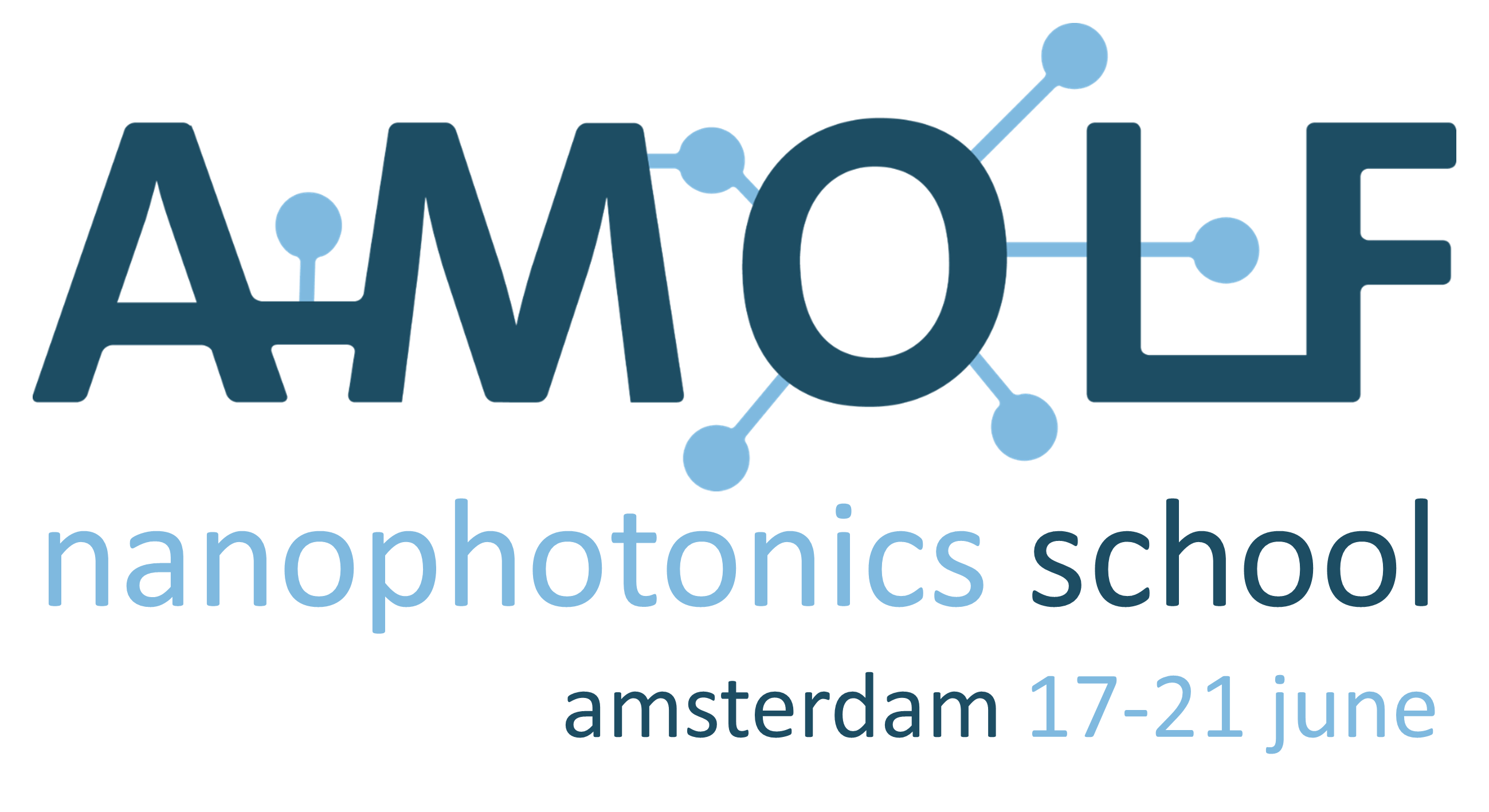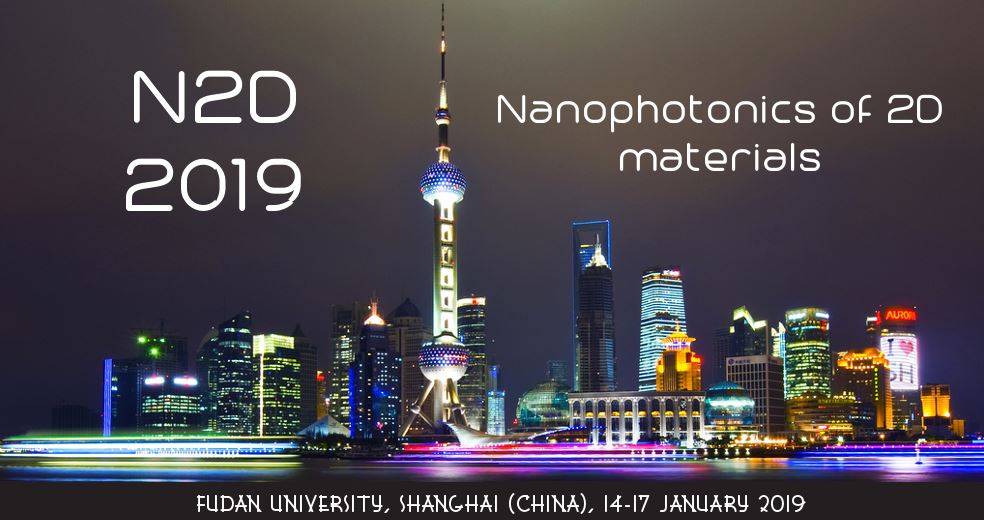Novel Photonic and Optoelectronic Materials for Real World Applications…
Nanoscale and Nanoscale Advances are delighted to support the 2nd Photonic and Optoelectronic Materials (POEM) Conference and the first Saint-Petersburg Academic University POEM conference!
Meet the Editor: Professor Andrea Ferrari, Associate Editor, will be speaking at POEM 2019.
Internationally known experts, including industry leaders, will join these four day conferences to discuss the most critical technological advances and innovations in the field of novel photonic and optoelectronic materials and systems for a wide range of applications in communications, computations, energy harvesting, bio-chemical sensing and artificial intelligence.
Topics
The conference programme incorporates symposia covering a broad range of subjects in Photonic and Optoelectronic Materials (from 2D, chalcogenide and group IV materials, to organic and quantum dot nanomaterials, to liquid crystals and fluid nanocomposites), which creates an excellent platform to academia and industry delegates to build up national and international collaborative networks, exchange experiences and benefit from peer support.
The conference topics will include:
-
2D materials
-
IV element-based photonic materials and devices
-
Chalcogenide materials
-
Quantum Dots and Nanowires
-
Organic materials
-
Liquid Crystals and Fluid Nanocomposites
The conference programme will incorporate the following symposia:
-
2D Material Symposium
-
Liquid Crystal Symposium
-
THz Optoelectronics and Photonics Symposium
-
Nanophotonics Symposium
-
Energy Materials Symposium
-
Metamaterials and Plasmonic Devices Symposium
-
Smart Biosensors and Bioanalytical Systems Symposium
-
Microscopy and Microspectroscopy of Nanomaterials Symposium
Key Dates
Abstract Submission 1st March 2019
Registration 25th March 2019
More information available on the conference websites: https://www.poem2019.com/and https://www.spb-poem.com/





















